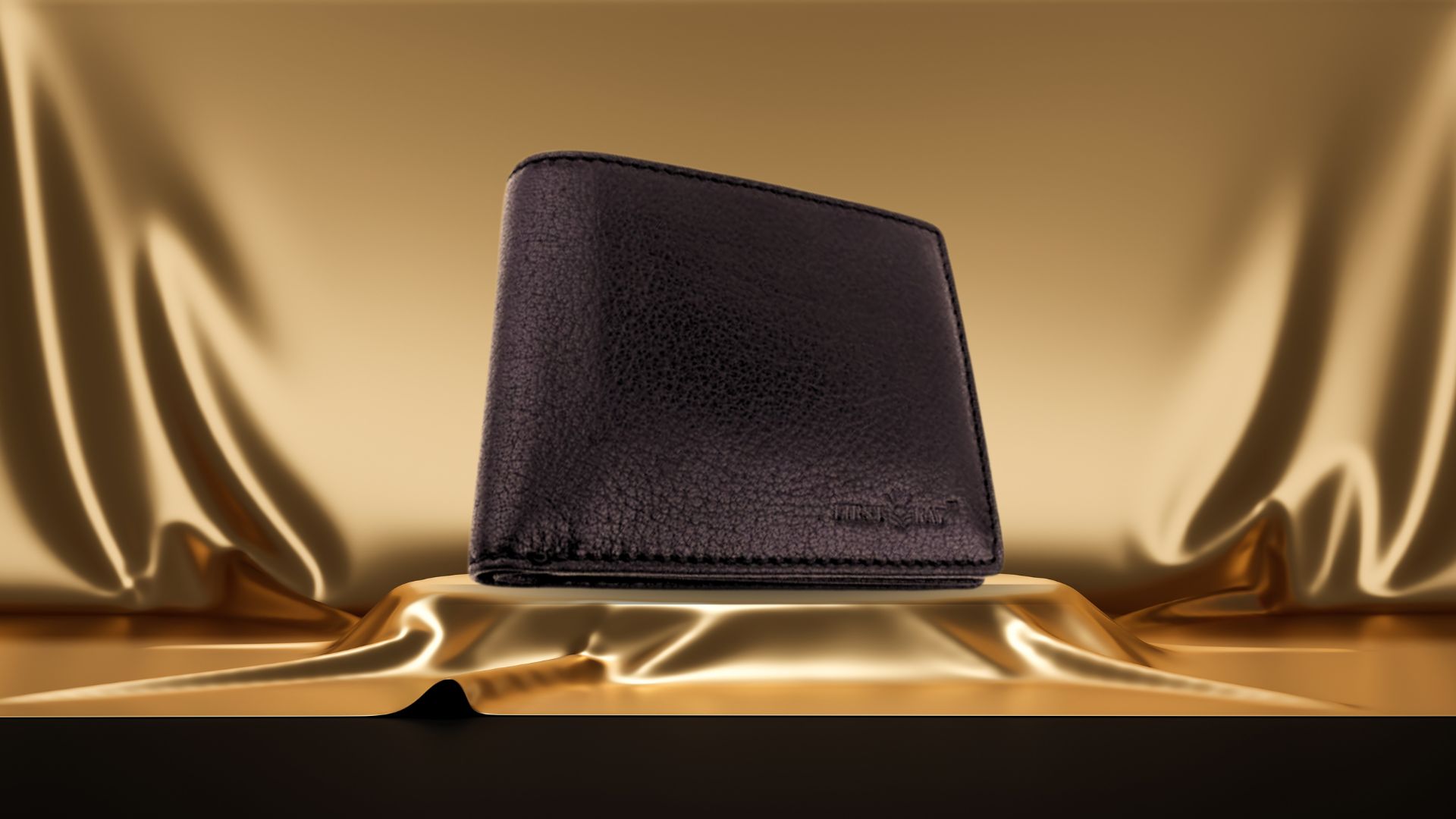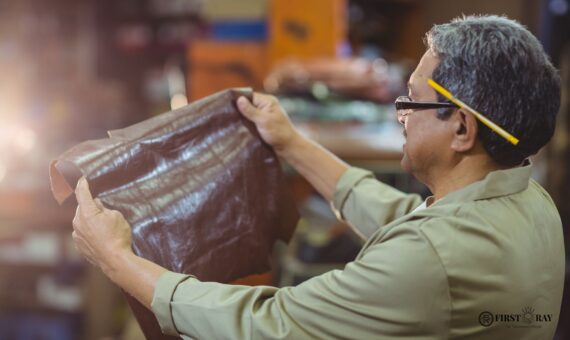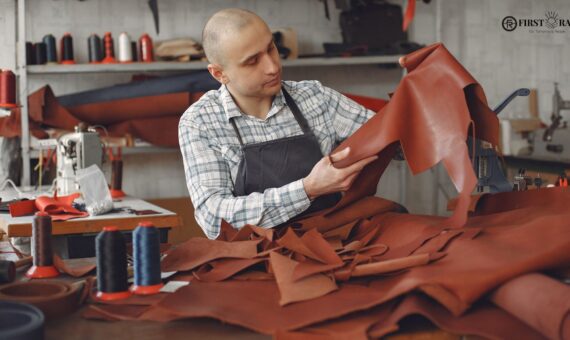Leather wallets are timeless accessories known for their durability, elegance, and versatility. Whether you’re purchasing a new leather wallet for men online or identifying the material of an existing one, knowing how to distinguish genuine leather from synthetic alternatives is crucial. This guide will walk you through the process of identifying a leather wallet, highlighting the characteristics and techniques that can help you make an informed decision.
Why Choose Leather?
Leather has been a preferred material for wallets due to its unique properties:
- Durability: Leather is known for its long-lasting nature, often becoming more appealing with age.
- Elegance: The natural texture and appearance of leather exude sophistication.
- Versatility: Leather wallets come in various styles, from classic to contemporary, suitable for different tastes and needs.
Types of Leather
Understanding the different types of leather used in wallets can help you better identify them:
- Full-Grain Leather: This is the highest quality leather, known for its strength and natural look.
- Top-Grain Leather: Slightly lower in quality than full-grain, but still high-grade and more affordable.
- Genuine Leather: This is the middle quality tier, made from the layers of the hide that remain after the top-grain is split off.
- Bonded Leather: The lowest quality, made from leftover leather scraps bonded together.
Appearance and Texture
One of the first steps in identifying a leather wallet is to examine its appearance and texture.
Surface Grain
- Full-Grain: Retains the natural grain, with visible imperfections and a slightly rough texture.
- Top-Grain: Sanded and buffed to remove imperfections, giving it a smoother finish.
- Genuine Leather: Typically has a more uniform texture, often coated to look smoother.
- Bonded Leather: Has an artificial look and feel due to the bonding process.
Patina
- Full-Grain and Top-Grain Leather: Develop a patina over time, enhancing the wallet’s appearance.
- Genuine and Bonded Leather: Less likely to develop a patina, remaining mostly unchanged.
Smell
Leather has a distinctive smell that is often an indicator of its authenticity:
- Genuine Leather: Has a rich, earthy smell.
- Synthetic Leather: Lacks the depth of genuine leather’s scent, often smelling like chemicals or plastic.
Flexibility and Feel
The flexibility and feel of the wallet can also indicate the type of leather:
- Full-Grain and Top-Grain: Usually firm yet flexible, feeling natural in your hand.
- Genuine Leather: Can be slightly stiffer but still has some flexibility.
- Bonded Leather: Often feels stiff and unnatural.
Water Absorption Test
Leather’s reaction to water can help identify its authenticity:
- Genuine Leather: Absorbs water slowly, darkening slightly where the water is applied.
- Synthetic Leather: Repels water, leaving no mark.
The Fire Test
While not recommended for valuable items, the fire test can distinguish between real and fake leather:
- Genuine Leather: Will not catch fire easily and emits a natural smell when exposed to a flame.
- Synthetic Leather: Burns readily and emits a chemical smell.
Stitches and Craftsmanship
Examining the stitches and craftsmanship can provide clues about the wallet’s material:
- Handcrafted Leather Wallets: Usually feature tight, even stitches with no loose threads.
- Synthetic Wallets: Often have less precise stitching and may show signs of glue.
Price and Brand
Price and brand reputation can also be indicators of a leather wallet’s authenticity:
- High-Quality Leather Wallets: Tend to be more expensive due to the cost of materials and craftsmanship.
- Reputable Brands: Often provide detailed information about the materials used and offer warranties.
Labels and Tags
Many wallets come with labels or tags indicating the material:
- Genuine Leather: Look for tags that specify “Full-Grain Leather,” “Top-Grain Leather,” or simply “Genuine Leather.”
- Synthetic Materials: May have labels like “PU Leather,” “Faux Leather,” or “Man-Made Materials.”
Conclusion
Identifying a leather wallet involves examining various aspects, from the type of leather and its appearance to the smell, feel, and craftsmanship. By paying attention to these details, you can ensure that you’re investing in a high-quality, genuine leather wallet that will serve you well for years to come. Whether you’re a leather aficionado or a casual buyer, these tips will help you make an informed and confident choice.








